Navigation
Tank marking stickers and decals from The Scuba Doctor are the perfect way to correctly and safely label the contents of a cylinder.
Tech Tip: Do I really need that big Nitrox wrap decal on my cylinder?
The large Nitrox tank wrap requirement mostly depends on your local dive shop fill policy. When Nitrox was introduced to sport diving there was widespread anxiety at local dive shop fill stations about cylinder contamination and handling safety. There were also fears of an injury as the result of an unqualified diver inadvertently breathing Voodoo Gas. While there is no law that requires the Nitrox wrap, the highly visible 'Nitrox', 'Nitrox Only', or 'Enriched Air Nitrox' tank wrap was helpful in addressing those early concerns.
Today, experience has demonstrated those safety worries about Nitrox to be relatively minor issues for the sport diving community. The large Nitrox tank wrap was quickly proven to be an imperfect solution to ensuring handling safety and identifying cylinder contents.
Many fill stations have adopted policies and practices that do not rely upon the presence of the Nitrox wrap. As a result, some local dive shops have become ambivalent about requiring the large wraps and are satisfied with a small removable tape label or tag that indicates cylinder contents analysis.
The factor that often determines the large permanent wrap requirement at many local dive shops is how the shop handles Nitrox fills. Shops that fill using premixed gas tend not to require the large wraps, but shops that partial pressure blend in the cylinder itself may still require the wraps.
In the early days practically all Nitrox fills were done using partial pressure blending, causing a common misconception that presence of a Nitrox tank wrap indicates the cylinder and valve are oxygen clean and oxygen compatible. However, the Nitrox wrap does NOT indicate the oxygen cleanliness or oxygen compatibility of the cylinder and valve, the wrap is just a label of what type of gas blend the cylinder may contain.
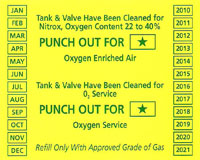 A separate evidence of inspection decal (aka VIP sticker) is what indicates if cylinder and valve are both suitable for use with compressed gases containing more than 23.5% oxygen at the date of inspection. Dive shop filling stations doing partial pressure blending will insist on your tank have an in-date Oxygen Clean sticker applied by the testing station that oxygen cleaned your cylinder.
A separate evidence of inspection decal (aka VIP sticker) is what indicates if cylinder and valve are both suitable for use with compressed gases containing more than 23.5% oxygen at the date of inspection. Dive shop filling stations doing partial pressure blending will insist on your tank have an in-date Oxygen Clean sticker applied by the testing station that oxygen cleaned your cylinder.
Neither the Nitrox sticker or the Oxygen Clean decal indicate what compressed gas is stored in the cylinder. You should properly and clearly label your cylinder with your analysis of the gas mixture.
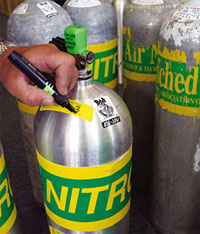 Clearly label anything that isn't air. If the MOD is less than the maximum possible depth of the dive (think deco cylinders), make sure the MOD stands out where not only you can see it, so can your buddies. Make it obvious to everyone if you are using the wrong cylinder at the wrong depth.
Clearly label anything that isn't air. If the MOD is less than the maximum possible depth of the dive (think deco cylinders), make sure the MOD stands out where not only you can see it, so can your buddies. Make it obvious to everyone if you are using the wrong cylinder at the wrong depth.
Consider putting a small piece of tape on each second stage, just in front of the mouthpiece, that has the MOD for the cylinder it is attached to. (This is in addition to the standard cylinder markings.) Any little thing that may save your life helps.
Tech Tip: Perfect Positioning of Scuba Tank Stickers
Select the general spot on your scuba cylinder to place the sticker and remove any old stickers and decals from that spot. On painted aluminium cylinders we recommend scraping any blistering or peeling areas to remove loose paint. Take an appropriate cleaner/solvent and wipe the area down a couple of times to remove dirt, wax and all other enemies of good adhesion. If you use any cleaning solvent, keep it off the valve and neck and be sure to rinse with soap and water when you are done.
Once the cylinder is clean, peel the backing off your sticker. Now the trick is to simply spray the area where the sticker is to be placed and also lightly wet the adhesive back of the sticker, with a thin coat of soapy water or Windex before you install the sticker. This gives a little lubrication and just enough surface tension to hold the sticker but not fully adhere it to the surface.
Apply the sticker to the cylinder. While wet, you can slip and slide the sticker into the perfect position. When you're sure it's in the right spot you simply hold it with one hand and squeegee the liquid out with the other.
Once it feels fairly adhered, blot the excess liquid off, and stand back to confirm placement. We say this because you still have some time to pull it off and re-position without penalty as there is a bit of liquid still under the sticker. Once the soap evaporates, the sticker adheres very well to the tank.
North Wall Corner
![]() Wall Dive |
Wall Dive | ![]() Boat access
Boat access
![]()
![]()
![]()
![]()
![]()
![]()
![]()
Depth: 19 m (62 ft) to 66 m (217 ft)
North Wall Corner is an amazing dive, situated at the northern end of the Lonsdale Wall in Port Phillip. Lonsdale Wall runs south to north, and at this point, it turns and runs west to east. At North Wall Corner the current has scoured quite a deep area. The walls tower vertically here with amazing splits and overhangs sheltering an amazing variety of soft coral and sponges.
The top of the wall is around 19 metres in depth and slopes down to the bottom at 66 metres. Thus North Wall Corner is a dive for the experienced diver as the maximum depth of 66 metres is out of range for the average diver.
Diving North Wall Corner on Redboats | © Matt Testoni
As you descend there is a maze of overhangs, caves, and smaller crevices that support a vast array of marine life. These crevices are the home of many Southern Blue Devil and blue groper as well as an endless cross-section of temperate invertebrates.
It must be noted that part of this site lies within the Port Phillip Heads Marine National Park, whilst the remainder lies in the shipping channel. It is illegal to anchor in a shipping channel, so divers must be aware of any shipping movements and plan the dive accordingly.
Generally this dive is done on Slack Water at the end of the Flood so that it's at its clearest. For this dive, it is best to swim along the East-West wall first and then return onto the North-South wall before the current picks up.
The Rip & Tides Warning: Always keep an eye on sea conditions throughout any shore or boat dive within "The Rip" (aka "The Heads"). This is a dangerous stretch of water, where Bass Straight meets Port Phillip, which has claimed many ships and lives. Please read the warnings on the web page diving-the-rip before diving or snorkelling this site.
Lonsdale Wall
This dive site is one of many on Lonsdale Wall, located just inside The Heads on the Lonsdale side of Port Philip — one of Australia's premier dive locations. Lonsdale Wall is one side of an underwater canyon formed by the old Yarra River as it flowed out to sea through the plains, carving steep-walled edges out of soft rock sides. Between the end of the last Ice Age around 8000 BCE and around 6000 BCE, the sea-level rose to drown what was then the lower reaches of the Yarra River. Thus the canyon formed by the river near what is now The Heads, or The Rip, was flooded creating the Lonsdale Wall, North Wall and Nepean Wall areas. Lonsdale Wall extends for one kilometre, providing many spectacular dive sites. An almost vertical drop characterises Lonsdale Wall with the wall starting as shallow as 8 m (26 ft) metres deep in places and sometimes dropping down to well over 60 m (197 ft) deep. See also, Port of Melbourne Rip Map — Oblique seabed image of The Heads produced by hydrographic surveys.
Port Phillip Heads Marine National Park
This site lies in the Port Phillip Heads Marine National Park. The park is made up of six separate marine areas around the southern end of Port Phillip: Swan Bay, Mud Islands, Point Lonsdale, Point Nepean, Popes Eye, and Portsea Hole.
Thirty-one of the 120 shipwrecks known to have occurred within a 10 nautical mile radius of Port Phillip Heads are thought to be within the Port Phillip Heads Marine National Park in Point Lonsdale and Point Nepean.
Aboriginal tradition indicates that the Bellarine Peninsula side of the Port Phillip Heads Marine National Park is part of Country of the Wathaurung people, and the Mornington Peninsula side, including Mud Islands, is part of Country of the Boon Wurrung people.
See also, Parks Victoria: Port Phillip Heads Marine National Park,
Park Note: Port Phillip Heads Marine National Park,
Port Phillip Heads Marine National Park - Map,
Divers Guide - Port Phillip Heads Marine National Park,
Port Phillip Heads Marine National Park Identification Booklet, and
Taxonomic Toolkit for the Marine Life of Port Phillip Bay.
You are not permitted to carry a spear gun while snorkelling or scuba diving in Port Phillip Heads Marine National Park.
Traditional Owners — This dive site is in the traditional Country of the Wathaurong (Wadda-Warrung) people of the Kulin Nation. This truly ancient Country includes the coastline of Port Phillip, from the Werribee River in the north-east, the Bellarine Peninsula, and down to Cape Otway in the south-west. We wish to acknowledge the Wathaurong as Traditional Owners. We pay respect to their Ancestors and their Elders, past, present and emerging. We acknowledge Bunjil the Creator Spirit of this beautiful land, who travels as an eagle, and Waarn, who protects the waterways and travels as a crow, and thank them for continuing to watch over this Country today and beyond.
North Wall Corner Location Map
Latitude: 38° 17.407′ S (38.290117° S / 38° 17′ 24.42″ S)
Longitude: 144° 38.010′ E (144.6335° E / 144° 38′ 0.6″ E)
Datum: WGS84 |
Google Map
Added: 2012-07-22 09:00:00 GMT, Last updated: 2022-04-06 21:13:49 GMT
Source: Divers Guide - Port Phillip Heads Marine National Park
Nearest Neighbour: The Swim Through, 36 m, bearing 272°, W
Port Phillip Heads Marine National Park.
Depth: 19 to 66 m.
Dive only on: SWF, SWE.
[ Top ]
DISCLAIMER: No claim is made by The Scuba Doctor as to the accuracy of the dive site coordinates listed here. Should anyone decide to use these GPS marks to locate and dive on a site, they do so entirely at their own risk. Always verify against other sources.
The marks come from numerous sources including commercial operators, independent dive clubs, reference works, and active divers. Some are known to be accurate, while others may not be. Some GPS marks may even have come from maps using the AGD66 datum, and thus may need be converted to the WGS84 datum. To distinguish between the possible accuracy of the dive site marks, we've tried to give each mark a source of GPS, Google Earth, or unknown.
Copyright © 2005-2022 by The Scuba Doctor Australia, ABN 88 116 755 170. All rights reserved.
tel. +61 3 5985 1700 :: email. diveshop@scubadoctor.com.au :: Web site by it'sTechnical 2022

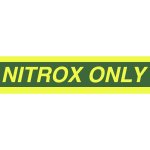

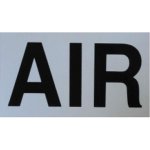
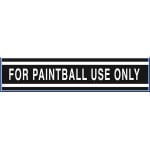
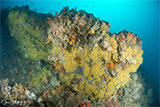
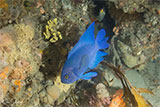
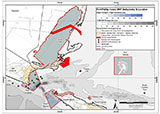
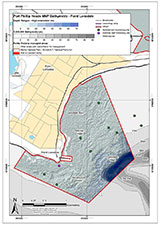
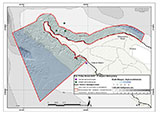
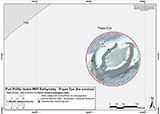
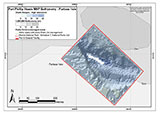
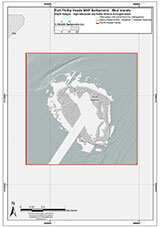
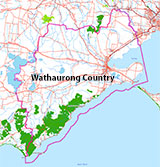



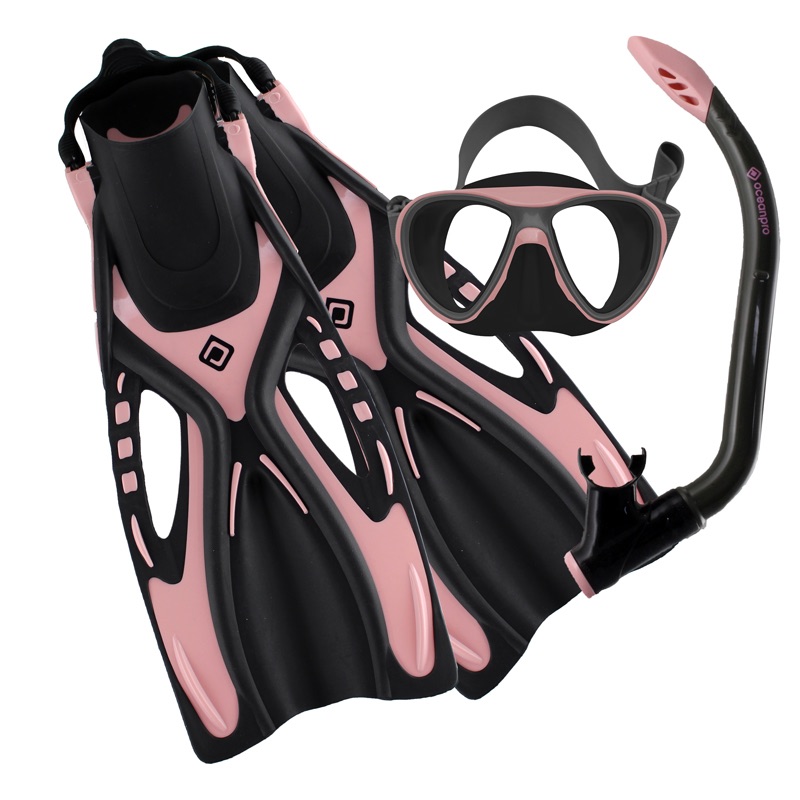





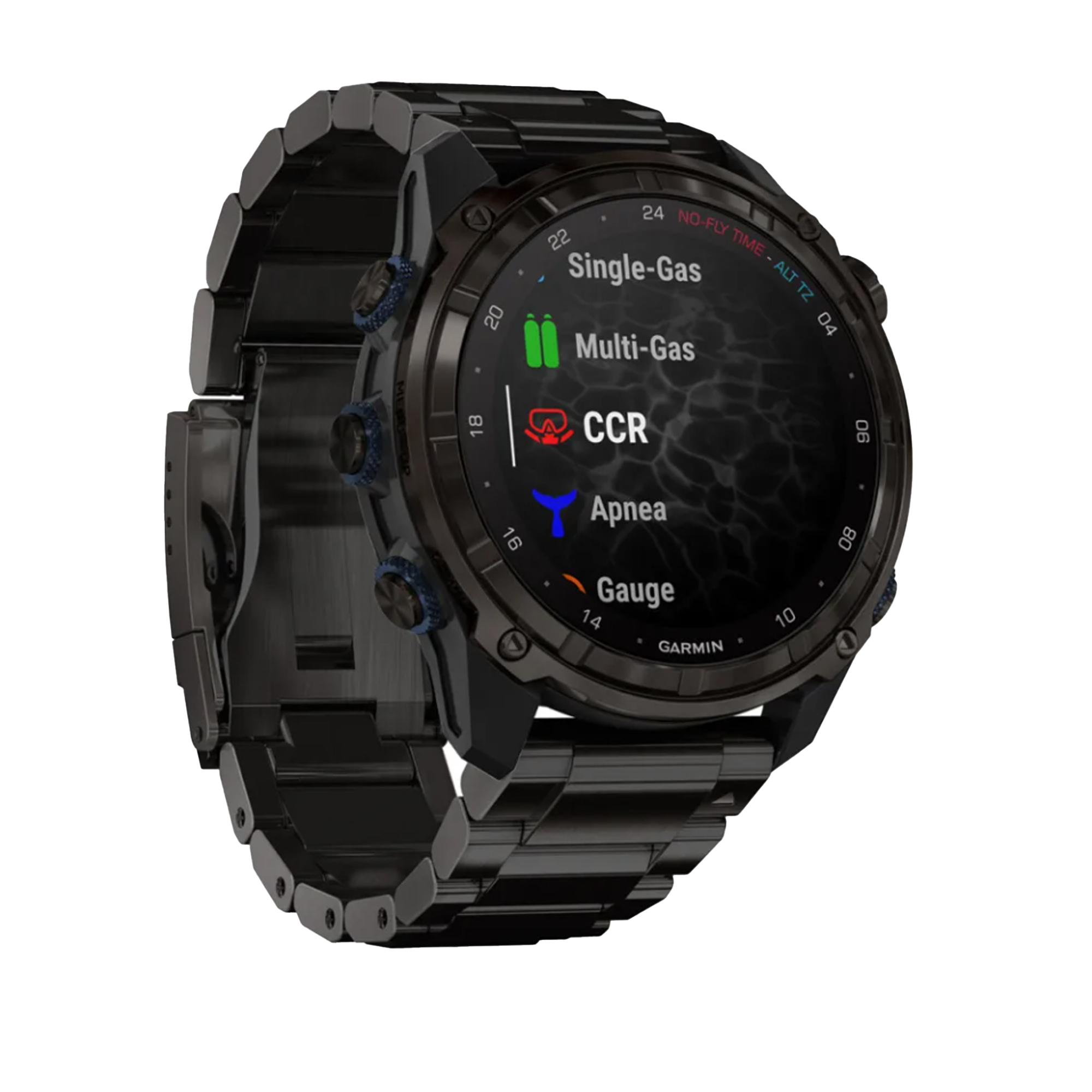






![Halcyon Infinity 30lb System [SS Small Backplate] Halcyon Infinity 30lb System [SS Small Backplate]](/diveshop/images/halcyon/Halcyon-Evolve-Wing.jpg)














































































































